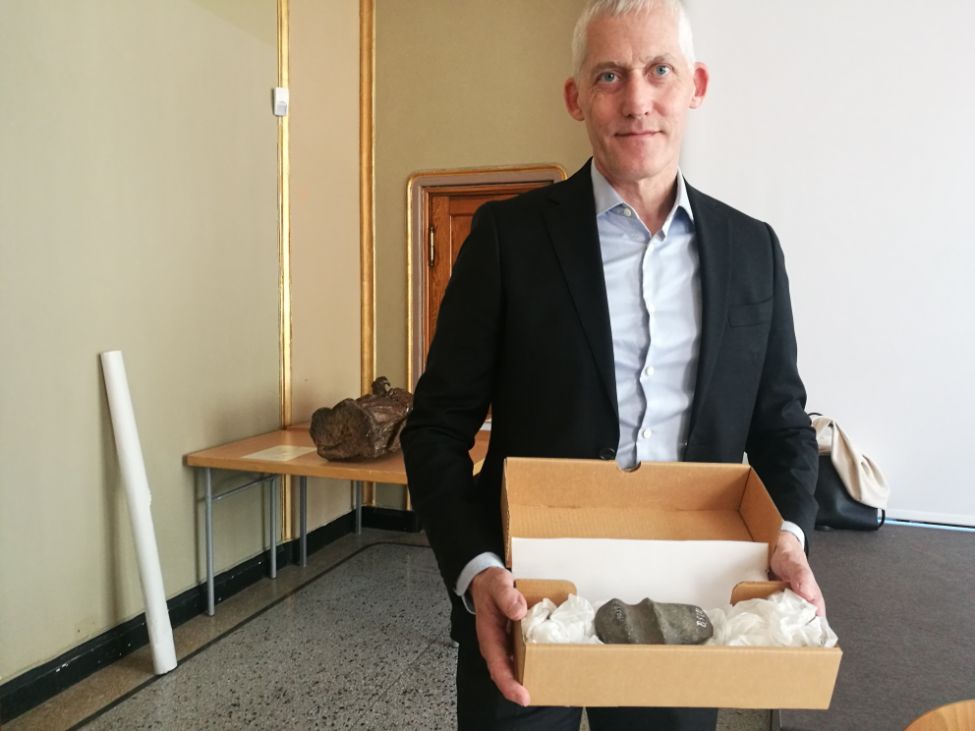In 2021, the Norwegian government returned a large collection of cultural artifacts to the countries where they originated. This operation was the outcome of cooperative efforts between European countries to quell illegal trade of cultural objects. The Kulturhistorisk Museum (Museum of Cultural History) in Oslo played a key role in prevention. In addition, customs agents stepped up monitoring of cultural heritage crime while police officers and general public awareness have also played a role. These recovery efforts have prevented items such as rings, ancient coins, crucifixes, bracelets and other articles from being sold via illegal channels.
As part of Norway’s Cultural Heritage Act, the Ministry of Culture (Kulturdepartementet) determines which objects have been imported illegally, and advises on which ethnographic and archaeological artifacts should be repatriated. Ten different seizures of cultural items were documented and prepared for transport.

Associate Professor Håkon Roland with Stone Age axe remnant. Photo Credit: Martin Toft
“We would like to commend the Ministry of Culture for the clear initiative in the work against cultural heritage crime. It should set a standard for the entire sector that works with irreplaceable cultural heritage,” says museum director Håkon Glørstad.
Among the seized items was a Stone Age axe from the US state of Wisconsin, and a 2500 year-old Greek coin stamped with nymph and satyr imagery brought to Norway from Bulgaria without official export papers. Other small objects from the Iron Age, Viking Age and Middle Ages were returned. Many of the items were found through the use of illegal metal detectors.
Norway’s Minister of Culture and Gender Equality Abid Raja headed up the return of over 600 of these cultural artifacts at a June 2021 event, signing them over to ambassadors from Italy, Bulgaria, Ukraine, Slovakia, Spain and the Baltic countries. This ceremony was the largest ever event of its kind in Norway.
According to Raja, “Trade in illegal cultural objects is a widespread global problem. Norway is obliged by international agreements to help delimit such trade and movement of illegal cultural objects. […] I am happy to be able to deliver these items back to the countries where they belong.”
